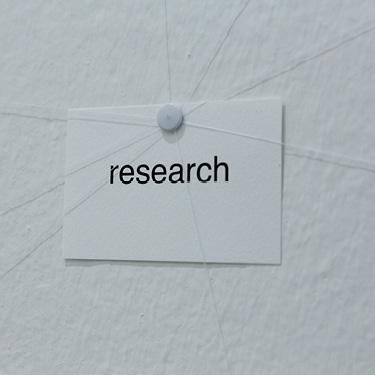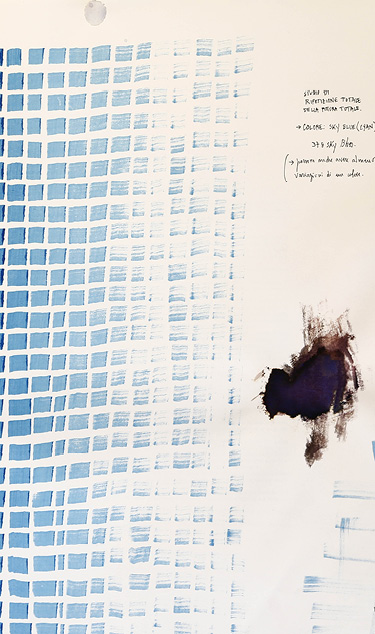Erasmus+ KA2 Projects
The RCIH conducts and develops research projects in international partnerships, winners of funding calls from the Erasmus+ Program of the European Commission.
ARS
Augmented Reality multi-user virtual spaces.
The ARS project investigates and experiments the potential of Virtual Production through the hybridization of physical and digital elements, at the service of distance learning paths based on the "learning by doing" methodology. The ARS project is led by NABA (Milan) in partnership with SAE (Belgrade) and some companies operating in different technological areas internationally. Cod.KA210-VET-000049887
Fair Game
Fostering Gender Balance, Resilience and Leadership in Game Design Careers.
The Fair Game project intends to promote female presence and gender balance in the videogame industry, encouraging the creation of inclusive higher education systems and proposing new tools that can promote successful careers for women in the world of videogames. The Fair Game project is developed in partnership by Hacer Creativo (Zaragoza), NABA (Milan), Royal Danish Academy (Copenhagen), Unreal Training Hub (Zaragoza), the non-profit association FemDevs (Spain) and MOME (Budapest). Cod.2022-1-ES01-KA220-HED-000087193
Desig*ness
Teach and learn inclusive design.
The Desig*ness project aims to spread the culture of inclusiveness towards diversity and different abilities in the training system of design and fashion academies. The project involves the creation of an international training course for teachers, followed by a program of workshops and summer schools to transfer knowledge and skills to students. The Desig*ness project is led by NABA (Milan) in partnership with Art Academy of Latvia (Riga, Latvia), Vilnius Academy of Arts (Lithuania), Cerpa Italia Onlus (Trento), Design For All Italia (Mantua), BAM! Cultural Strategies (Bologna). Cod.2023-1-IT02-KA220-HED-000166430

